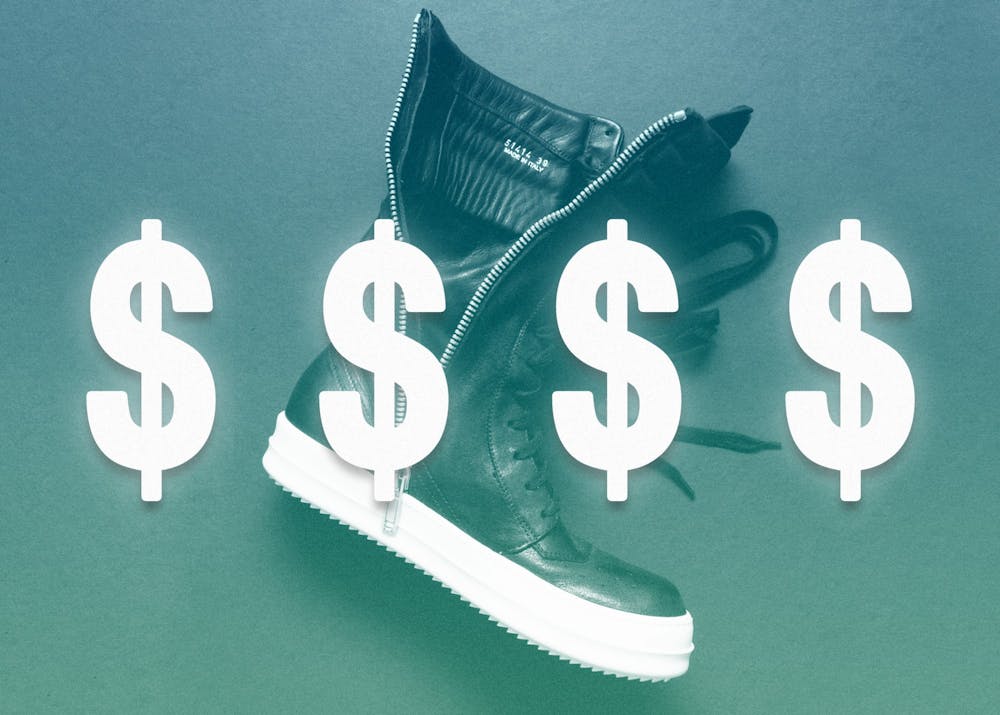Popular Instagram and TikTok fashion influencer Wisdom Kaye has a series of videos where he tries to put together two outfits: one that costs so little money that it is almost free and one that is so exorbitantly expensive that, depending on the budget, it could pay for a semester of tuition at most universities.
In the most recent of these videos, Kaye wears a jacket by designer Rick Owens that alone is worth more than $3,000. He looks amazing in the clothing, but some common questions formed in the comments: Why would anyone in their right mind be spending so much money on something as trivial as clothing? What makes that clothing worth the value at which they are sold?
Before these questions can be answered, the term “archival fashion” must be defined. According to SUMUNAGÉ, a website dedicated to archiving clothing and architecture, archival fashion consists of “garments released in earlier seasons of high-end designers.” Simply put, these garments are designer clothing that are crucial and revolutionary to fashion history, whether they were released 40 seasons ago or two seasons ago.
So why is it all so expensive? Some of the clothing that fits into this definition looks similar to something you could find at your local thrift or Target for $15, yet they can be 10 to 100 times more expensive.
The process of making the clothing must be taken into consideration. Luxury and exclusive fabrics company TISSURA states on its website that “high fashion fabrics are often made of 100% silk, pure cotton and merino wool.” These are not easily obtained materials, so the price will already be raised from just that alone.
On top of that, the designers take long amounts of time to plan, design, and manufacture the garments. It is no simple process to produce original and beautiful pieces twice a year, whether you are a head of a major label or an amateur.
First-year education major Madison Weeden said that it took her nearly a week of working at a sewing camp to make a single sweatshirt, for which she was given the designs and measurements beforehand.
“I even took the piece home and worked on it outside of the time I’d spend in the shop,” she said.
Imagine, then, what it takes to go through the design process with a blank slate. This is where the majority of the high pricing originates.
The last major influence on the price is the name on the tag. Knowing that a certain designer or company made a piece is essentially a guarantee that what you are wearing is high quality and will be something that you can wear for a long time. Some of the major archival brands are Rick Owens, Comme des Garcons, Yohji Yamamoto, Undercover, Raf Simons, Vivienne Westwood and Mason Margiela.
Most archival brands have been making clothing since the ’90s, some even earlier than that. Their footprints in the fashion market are so deeply ingrained that their legacies themselves are also justification for their price.
At the end of the day, while it is “just clothing” in the eyes of many, it is a passion for others, whether creating or consuming. Most people generally wouldn’t pay such shocking prices for clothing that they are not interested in.
Enjoy what you're reading?
Signup for our newsletter
Of course there are exceptions to this statement, such as those who only buy something in hopes of selling it for more than its given value, but alas these are simply exceptions. It is more than simply wearing the clothing; it’s the satisfaction in owning it.



